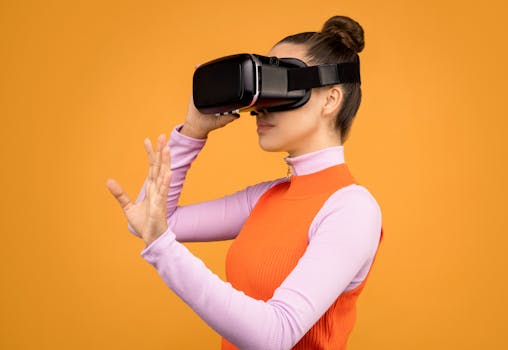
Introduction to Wearable Technology

As we move towards 2025, the landscape of wearable technology is undergoing remarkable changes. With advancements in global connectivity and innovations in health data management, wearables are set to enhance not just personal fitness but overall health monitoring and life in our everyday activities. From smartwatches and fitness trackers to more sophisticated devices, the rise of wearable technology promises to improve our well-being in unprecedented ways.
Health Monitoring and Wearable Devices

The future of wearables particularly shines in the field of health monitoring. Companies like Apple, Fitbit, and newer entrants focus on offering extensive features that deepen our connection with health data. In 2025, we can expect smartwatches to include advanced capabilities like blood glucose monitoring for diabetics; this can help manage their conditions effectively without intrusive daily blood tests.
Additionally, real-time heart monitoring features that utilize artificial intelligence will help flag potential health issues actively. This seamless integration of technology in healthcare enables users to take charge of their health swiftly—ensuring that wearables transform into health management tools rather than mere activity trackers.
Integration with Augmented Reality (AR)

Wearable technology displays increasingly incorporate augmented reality to revolutionize our interaction with digital information. In 2025, AR glasses are likely to transition from novelty gadgets to essential devices in various fields, including education, health, and enterprise training. Options such as hands-free narratives to guide assembly workers through complex tasks will offer phenomenal enhancements in productivity.
The integration of advanced AR features allows users to see virtual images overlaying the real-world environment and access contextual information instantly. Imagine a surgeon receiving real-time data, such as vital signs, displayed directly onto their field of vision, reducing reliance on separate devices during operations.
Smart Fabrics and Wearable Tech

Textiles are evolving; companies like Under Armour and Nike are developing distinct smart fabrics equipped with sensors that enable not just fitness performance tracking but overall health communication. By 2025, such clothing will monitor factors like body temperature, hydration levels, and even generate environmental resistances, allowing tailor-made recommendations for enhancing nutritional intake and natural activity accumulation during physical workouts.
This incorporation leads to a much more profound interaction with physical activity, preparing and empowering users appropriately rather than just during workout increments.
Expectations for Safety and Surveillance

While wearables tout various benefits, the issue of safety is equally paramount. We can also suggest by 2025 significantly increasing focus towards personal safety apps on wearables. Depressed mental health rates amid modern societal demands create a formidable necessity for checking in easily. Enhanced SOS and emergency application click features will help connect users to healthcare services or predetermined contacts during crisis situations.
FOMO scrambling to tragedy resonates in societies, leading demand for integration between safety and personal monitoring initiatives fit perfectly triggered landing first responder assistance seamlessly during emergencies, establishing trust and peace in uncertain hands.




